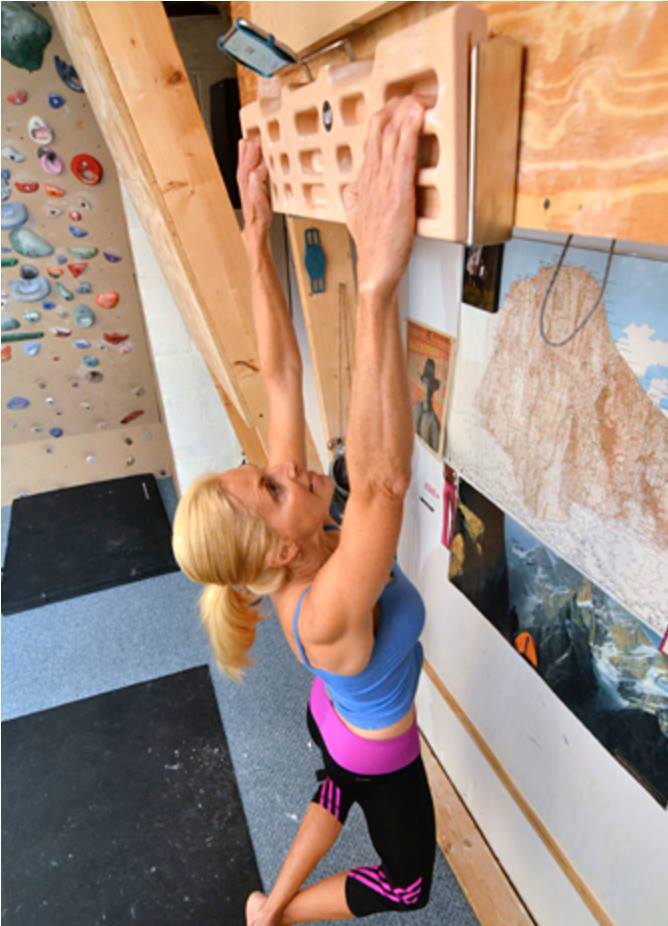This is by far the best creatine I’ve ever taken. Helps muscle recovery and training soooo much!
High quality 3rd party tested vegan protein that tastes good. I like that I can trust Physivantage to use high quality ingredients that are free from any potentially dangerous amounts of heavy metals and other toxins. I use it after every workout.
Very nice T- Shirt that is good quality and comfortable and looks sick!
The super greens aren’t as bad as other brands I’ve tried. If I had to complain about something it would be the bag it comes in but I know bags are probably better then plastic containers.
Actually hard to imagine blending my collagen without this whisk. Glad I have it!














